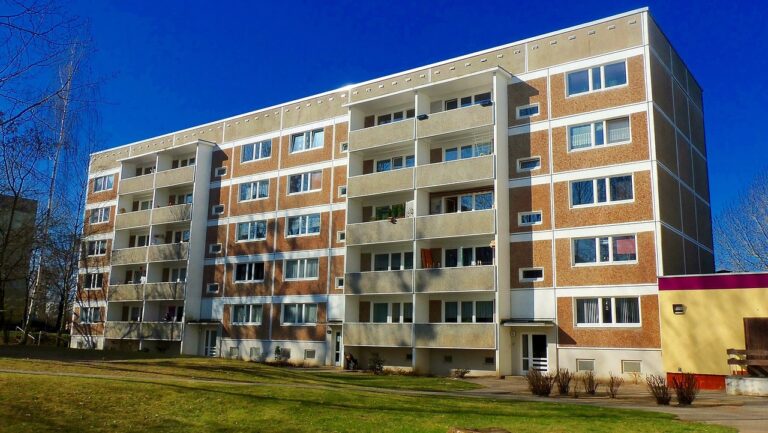Finding Opportunities in Multifamily Investments
For many, the idea of owning an apartment complex conjures images of requiring vast sums of capital—millions of dollars, to be exact. But what if you learned how to buy an apartment complex without millions? In this comprehensive guide, we’ll explore how you can unlock the doors to multifamily investments without breaking the bank.
Key Takeaways:
- Creative Financing Options: Discover various financing strategies to minimize out-of-pocket expenses.
- Market Selection: Learn how to choose a market that aligns with your budget and investment goals.
- Leveraging Partnerships: Understand the benefits of teaming up with other investors.
- Due Diligence and Evaluation: Master the art of evaluating properties to ensure a profitable investment.
The First Step: Understanding Your Investment Goals
Define Your Objectives and Budget
Before diving into the world of apartment complex investments, it’s crucial to define your investment goals and budget. Are you looking for a steady stream of passive income, or is your primary goal capital appreciation? Your objectives will influence the type of property you invest in and the financing options that best suit your needs.
According to Clever Real Estate, “Choosing a market wisely and setting a budget with clearly defined ROI goals can significantly impact your investment’s success.”
Creative Financing: Making the Impossible Possible
1. Partner with Other Investors
One of the most effective ways to reduce the financial burden is to partner with other investors. By pooling resources, you can collectively afford the down payment and share the responsibilities and profits.
“Finding a partner who has the money to invest can allow you to split ownership and profits, making the investment more feasible,” advises the team at Multifamily Loans.
2. Seller Financing
Seller financing is an arrangement where the seller of the property acts as the lender. This can be a win-win situation, especially if the seller is motivated to close the deal quickly.
“Seller financing can provide the flexibility needed for buyers who lack substantial capital upfront,” notes Supermode.io.
3. Use a Hard Money Loan
Hard money loans are short-term loans secured by real estate, often used by investors to close deals quickly. While they come with higher interest rates, they can be an excellent option for those who need to act fast.
“Hard money loans prioritize the value of the property over the credit score of the borrower, making them accessible for those with limited capital,” explains The Mortgage Reports.
Market Selection: Where to Invest
Employment and Economic Data
Choosing the right market is essential for a successful investment. Look for areas with strong employment rates and economic growth, as these factors drive demand for rental properties.
“Pay attention to the future of the location. You don’t want large gaps between tenants,” advises Seamus Nally, CEO of TurboTenant, in an article by Clever Real Estate.
Population Growth Trends
Invest in markets with growing populations to ensure a steady stream of tenants. Research local demographics and migration patterns to identify areas poised for growth.
Evaluating Potential Investments
Conducting Due Diligence
Thorough due diligence is critical to any real estate investment. Evaluate the property’s financials, including rent rolls, occupancy rates, and operating expenses. Additionally, inspect the property’s physical condition and assess any potential maintenance or renovation costs.
“Run the financials on the property to determine if it will cash flow. Review existing leases, rent rolls, and maintenance reports,” advises Brian Boyd, Managing Attorney at Boyd & Wills, PLLC, in a Lev article.
Understanding the Financial Metrics
Familiarize yourself with key financial metrics, such as the capitalization rate (Cap Rate), Net Operating Income (NOI), and Debt Service Coverage Ratio (DSCR). These metrics will help you evaluate the property’s profitability and ensure it aligns with your investment goals.
“Cap rates are a crucial metric for assessing potential returns. A higher cap rate generally indicates a better investment, all else being equal,” explains Multifamily Loans.
Conclusion: Taking the Leap into Multi-Family Investments
Investing in an apartment complex without millions is not only possible but also a smart way to build wealth and generate passive income. By leveraging creative financing options, selecting the right market, and conducting thorough due diligence, you can unlock lucrative opportunities in the multifamily investment sector.
Remember, the key to successful real estate investing is education and preparation. Equip yourself with the knowledge and resources needed to make informed decisions, and you’ll be well on your way to becoming a savvy real estate investor.

